
Bali Province
A Comprehensive Look at Bali Province
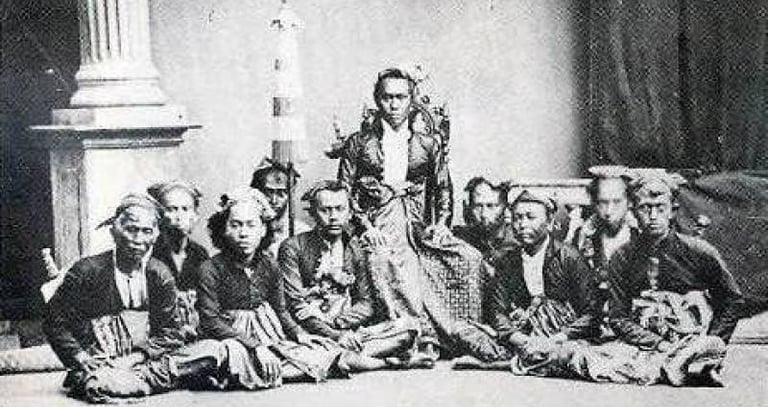

🏛️Capital City and Geographical Conditions
Capital City: Denpasar. Located in the southern part of the island, Denpasar is the economic and governmental hub, though the neighboring tourist centers (Kuta, Seminyak, Ubud) often dominate global perception.
Geographical Conditions: Bali is defined by its volcanic mountains, terraced rice paddies, and tropical coastline.
Volcanic Spine: The central ridge features active and dormant volcanoes, including Mount Agung (the island's highest and holiest peak) and Mount Batur.
Fertile South: The southern slopes are highly fertile, characterized by the iconic Subak system of terraced rice farming.
Coastline: Varied coastline, with white sand beaches in the south (e.g., Kuta, Nusa Dua) and black sand beaches in the north and west.
Climate: Tropical monsoon climate, warm and humid year-round, with distinct wet and dry seasons.
📜History: Majapahit Legacy and Spiritual Resilience
Bali's history is characterized by the migration of powerful Hindu kingdoms and a fierce dedication to preserving its unique religious identity.
Majapahit Influence: Following the fall of the Hindu-Buddhist Majapahit Empire in Java around the 15th century, much of the Javanese aristocracy, priests, and artists fled east to Bali, leading to a flourishing of culture, art, and religion, and establishing the foundation of Balinese Hindu Dharma.
Colonial Resistance: The Balinese royal houses strongly resisted Dutch colonial rule throughout the 19th and early 20th centuries, leading to the devastating Puputan (mass ritual suicides) in 1906 and 1908, a powerful display of cultural defiance.
Modern Tourism: Post-independence, Bali was "discovered" by international travelers in the 1960s, quickly transforming into a global tourism magnet, fueled by its unique culture and hospitality.
👥Demographics and Customs
Population: The population of Bali Province is approximately 4.4 million people.
Ethnic Groups: The overwhelming majority are Balinese (Hindu Dharma). The population also includes significant communities of Javanese and Chinese Indonesian residents, particularly in Denpasar and surrounding areas.
Customs (Adat Istiadat): Balinese life is inseparable from its religious and customary law (Adat).
Tri Hita Karana: The core philosophical concept, emphasizing harmony between people, harmony with nature, and harmony with God.
Banjars: The fundamental social organization—a local community committee responsible for managing local affairs, temples, ceremonies, and finances.
Calendar: Life is regulated by two overlapping traditional calendars: the Pawukon (210-day cycle) and the Saka (lunar cycle).
🎨Culture and Traditional Arts
Balinese culture is renowned globally for its elaborate, fluid, and vibrant artistic expression, which is always religious in nature.
Dance and Music: Every dance is a form of worship or storytelling. Famous forms include the dramatic Barong (a mythical lion-like creature representing good) and Rangda (a demon queen representing evil) dances, and the graceful Legong dance. Music is dominated by the dynamic Balinese Gamelan orchestra.
Offerings (Canang Sari): Small, intricate baskets woven from palm leaves, filled with flowers, rice, and incense, placed daily on streets, temples, and homes as an offering to the spirits.
Architecture: Characterized by elaborate stone carvings, split gates (Candi Bentar), and traditional compounds designed according to spiritual and directional principles.
🍲Distinctive Traditional Cuisine
Balinese food is known for its intense spices, unique slow-cooking techniques, and traditional focus on pork and duck (rare in Muslim-majority Indonesia).
Babi Guling (Suckling Pig): The most famous specialty. A whole pig is stuffed with a rich spice paste (bumbu) consisting of turmeric, ginger, garlic, shallots, and chili, and then roasted over an open fire until the skin is crispy and the meat is tender.
Bebek Betutu: Whole duck or chicken tightly wrapped in banana leaves and baked or smoked for many hours in a traditional oven or pit. Like Babi Guling, it uses the powerful Base Genep (complete spice mix) that defines Balinese cooking.
Sate Lilit: Minced meat (often fish, chicken, or pork) mixed with grated coconut, rich spices, and fresh herbs, then wrapped (or "lilit") around flat skewers (like lemongrass stalks or bamboo), and grilled over charcoal.
Lawar: A traditional Balinese side dish consisting of finely chopped meat (or vegetables) mixed with grated coconut, green beans, and a generous amount of rich spices and fresh blood (though vegetarian versions are common).
🗺️Famous Tourist Attractions
Bali's attractions span from spiritual sanctuaries to world-class beaches.
Ubud: Considered the cultural and spiritual heart of Bali, known for its terraced rice fields, yoga centers, art galleries, and monkey forests.
Tanah Lot Temple: One of Bali's most iconic sea temples, dramatically situated on a rock formation in the sea, famed for its spectacular sunset views.
Uluwatu Temple: A majestic cliff-edge temple in the south, renowned for its panoramic ocean views and nightly Kecak Dance performances.
Tegalalang Rice Terraces: Iconic, steep, and lush terraced rice fields in the Ubud area, showcasing the traditional Subak irrigation system.
Mount Batur: An active volcano popular for early morning hiking to catch the sunrise over the caldera and lake.
✈️Transportation Infrastructure
Bali’s transport network is highly developed to accommodate its massive tourism sector.
Airport (Bandar Udara):
Ngurah Rai International Airport (DPS): Located in Denpasar/Tuban, this is Indonesia's second-busiest international airport and the main entry point for international travelers to Indonesia.
Ports (Pelabuhan):
Padang Bai Port: The main ferry terminal connecting Bali to Lombok.
Gilimanuk Port: The main ferry terminal connecting Bali directly to Ketapang Port in Banyuwangi, East Java.
Benoa Harbor: A commercial port serving cargo, cruise ships, and luxury yachts.
Sanur/Serangan: Primary hubs for fast boat services to the Nusa Islands (Lembongan, Ceningan, Penida).
Railroad (Stasiun Kereta Api):
Bali Province does not have any active railway network or passenger train services. Transportation relies entirely on road networks (taxi, car, motorbike) and air/sea travel.
East Java is an epic landscape of ancient history and dynamic modernity. It is the land that birthed the Majapahit Empire and where the bold, savory flavors of Rawon reflect the strength of its people. From the industrial might of Surabaya and the resilient spirit of the Madurese to the ethereal blue flame of Ijen, East Java offers an immersive journey into the very soul of Indonesia—a powerful, diverse, and eternally unforgettable region.
🌴Bali Province: The Island of the Gods
Bali is arguably the most famous island in the Indonesian archipelago and a global icon of culture, spirituality, and natural beauty. Known as the "Island of the Gods," Bali is the only province in Indonesia where the majority adheres to Hindu Dharma, setting it apart with a unique blend of spiritual devotion, vibrant artistic traditions, and breathtaking landscapes.
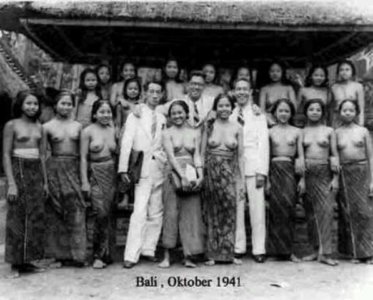

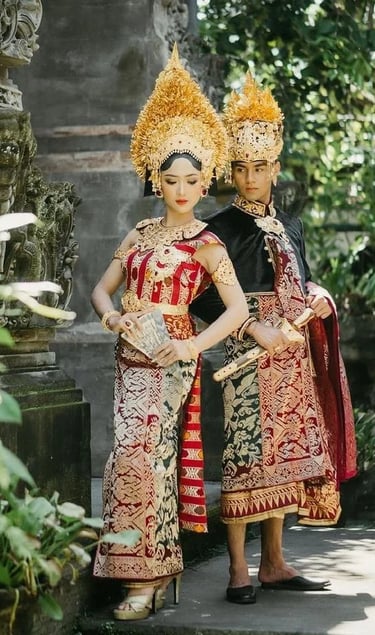


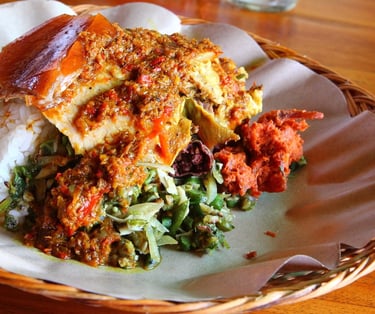
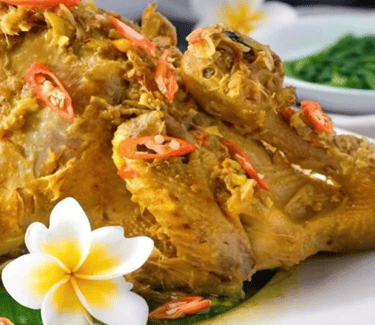

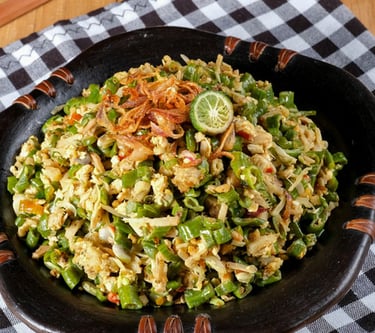

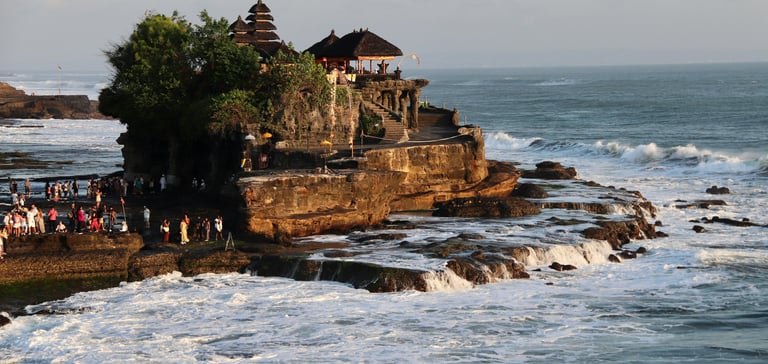

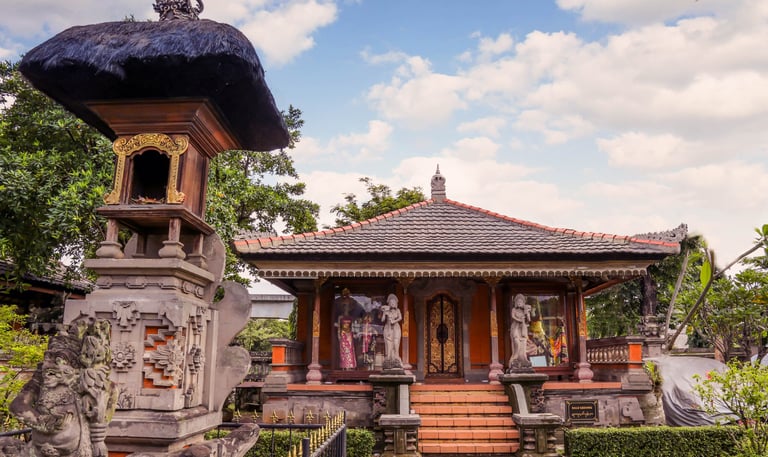

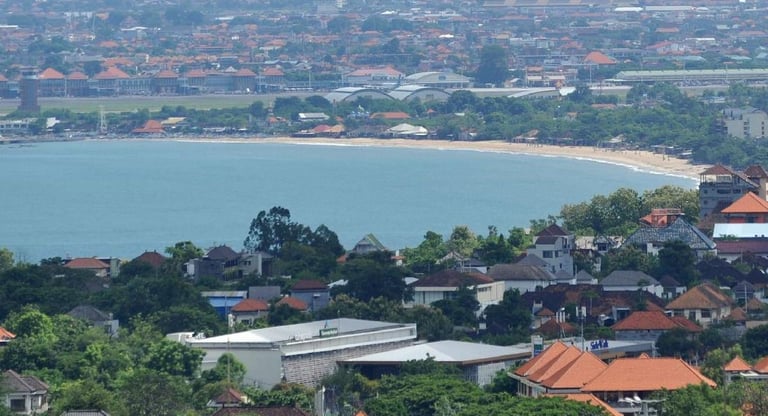


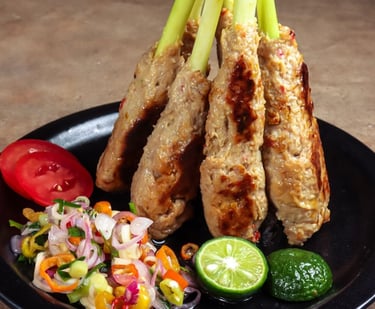
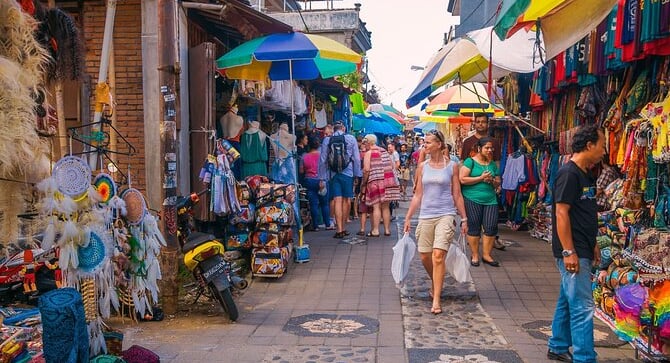

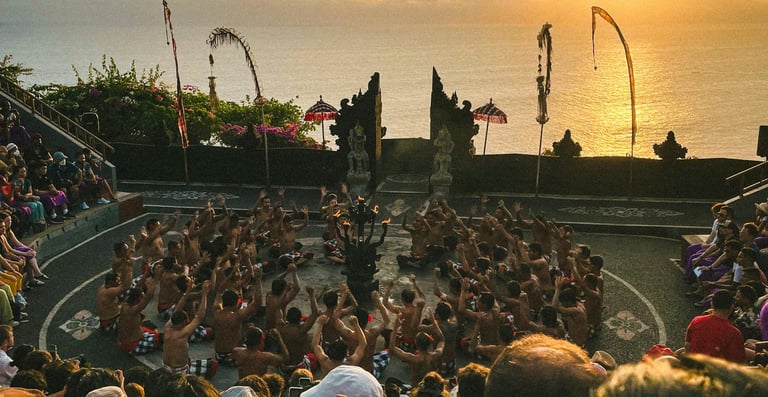

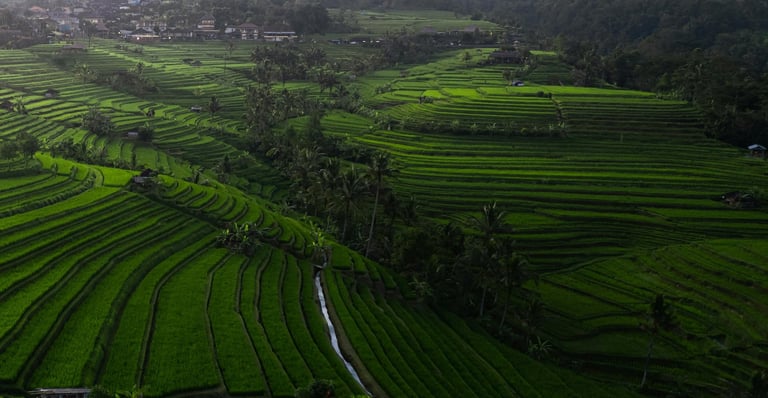

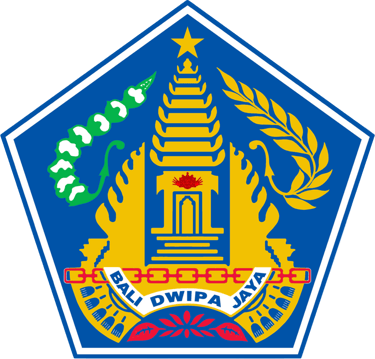

Follow us to explore Indonesia with expert travel guidance
©PT.Sinar Pesona Travelindo 2025. All rights reserved.
